2 days in Delhi, India
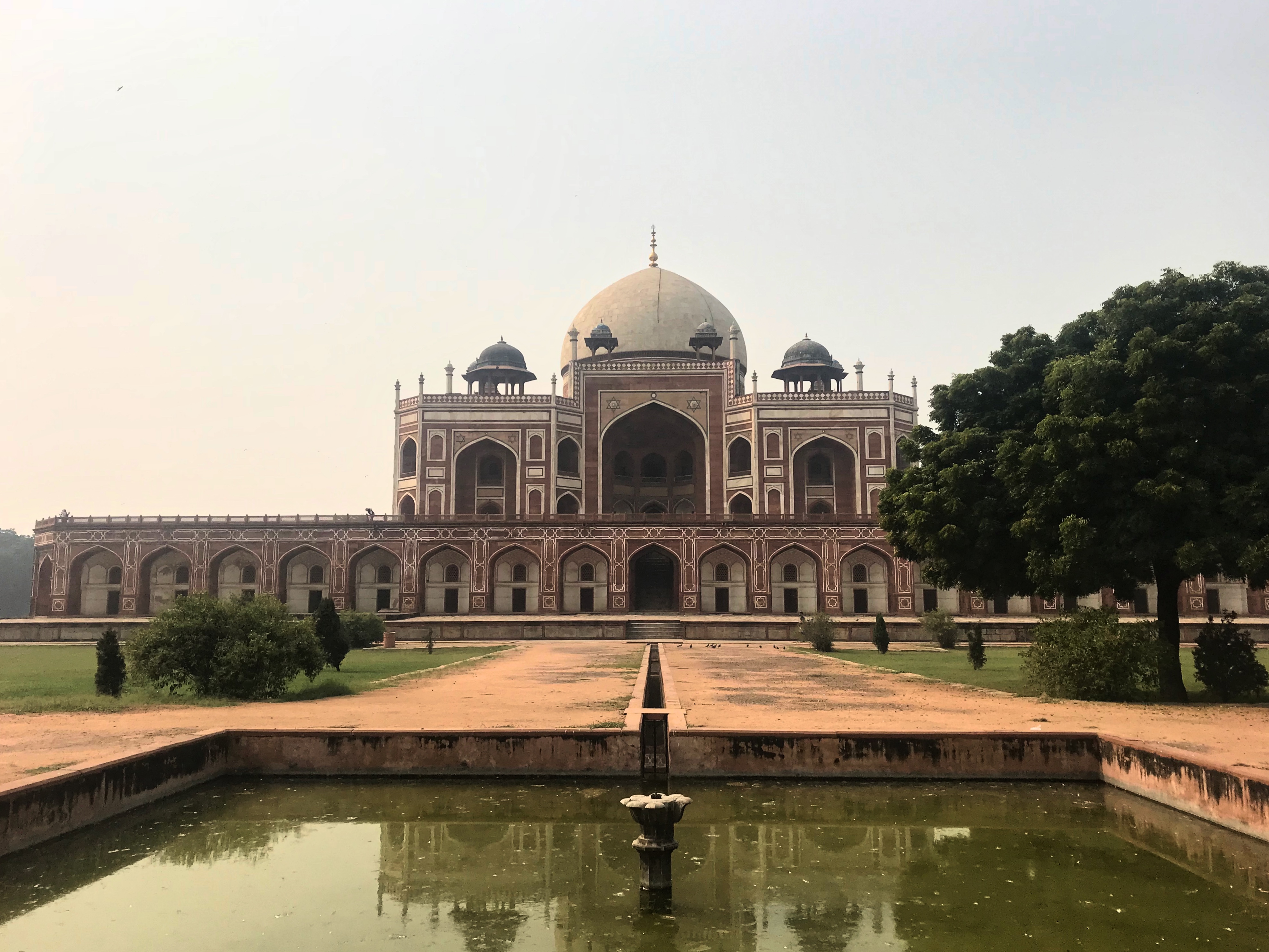
Delhi was the final of the 3 cities of the Golden Triangle I was able to visit while in India. The other two cities are Jaipur and Agra. Delhi is the national capital of India and home to about 25 million people. It consists of twin cities, Old and New Delhi. Delhi is the cultural and political capital of the largest democracy in the world. During my short time here I was able to rickshaw through Old Delhi, visit Humayun’s Tomb, and see the India Gate
Humayun’s Tomb
Humayun’s Tomb is often referred to as the “Mini Taj Mahal.” This is because of its similar shape and story. Construction of the mausoleum started in 1565 to house the remains of Humayun, the second Emperor of India. Humayun’s wife, Bega Begum, commissioned the tomb nine years after the Emperor’s death – similar to the story of the Taj Mahal. Humayun died in 1556 by falling down a set of stairs. Years later, grieving Bega Begum wanted to honour her husband and ensure he would be remembered so she had the mausoleum built for him.
This UNESCO World Heritage Monument was completed in 1572 and is known as one of the best preserved Mughal monuments. Humayun’s Tomb is 47 meters tall and 91 meters wide. It is made from red sandstone and combines Indian, Persian, and Turkish architecture. Four different beautiful garden sections surround the tomb on all sides. Various water channels and fountains can be found throughout the property.
Several buildings, tombs, mosques, and a lodging place can be found here. There are over 150 other tombs in the complex including Bega Begum (Humayun’s wife), Hamida Banu Begum, Isa Khan, Dara Shikoh, and Bahadur Shah Zafar. It is interesting to walk around and observe the different styles of each tomb and building. I found Isa Khan’s tomb particularly remarkable. He was a noble in the court of Sher Shah Sur and his tomb predates Humayun’s by two decades. It is the only surviving octagonal enclosed tomb complex with intact walls, mosque, and gateway. The tomb consists of many colours with a deep veranda surrounding it.
Humayun’s Tomb is open every day from sunrise to sunset (about 8:00am to 6:00pm). A ticket costs 250 rupees for foreigners.
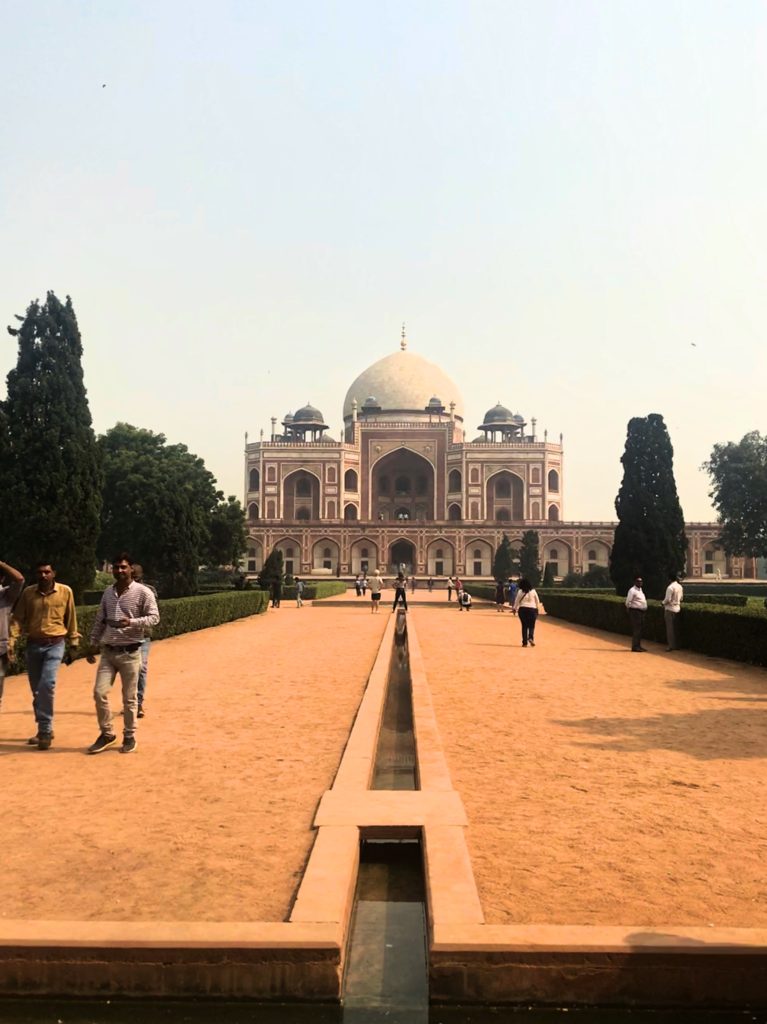
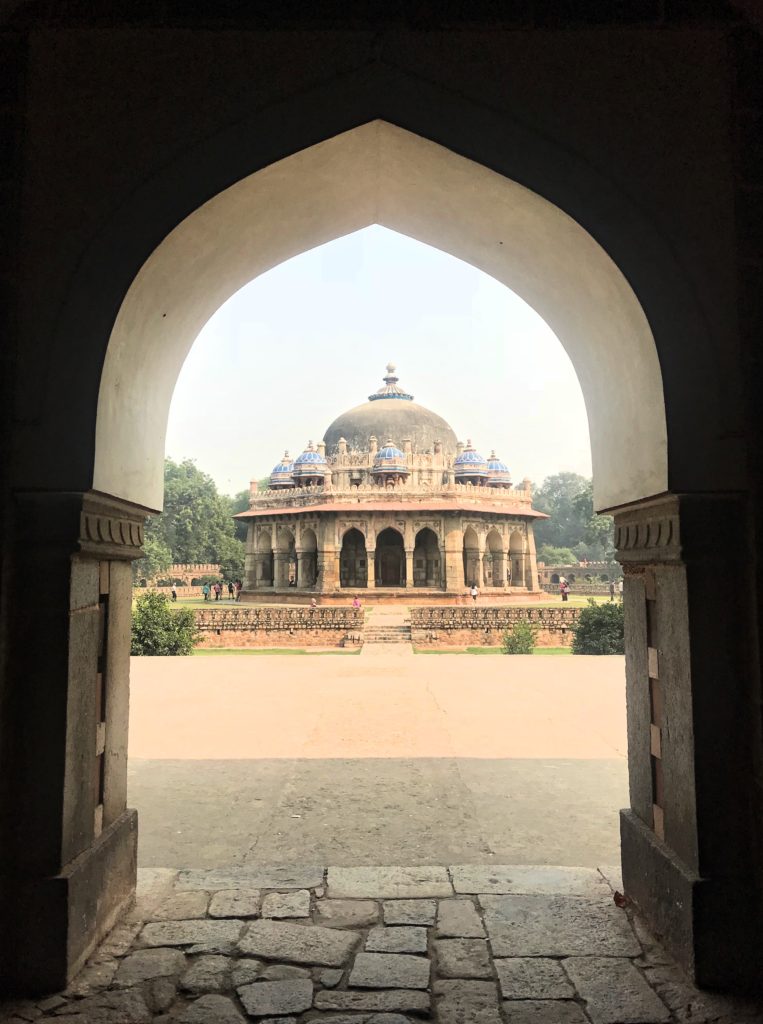

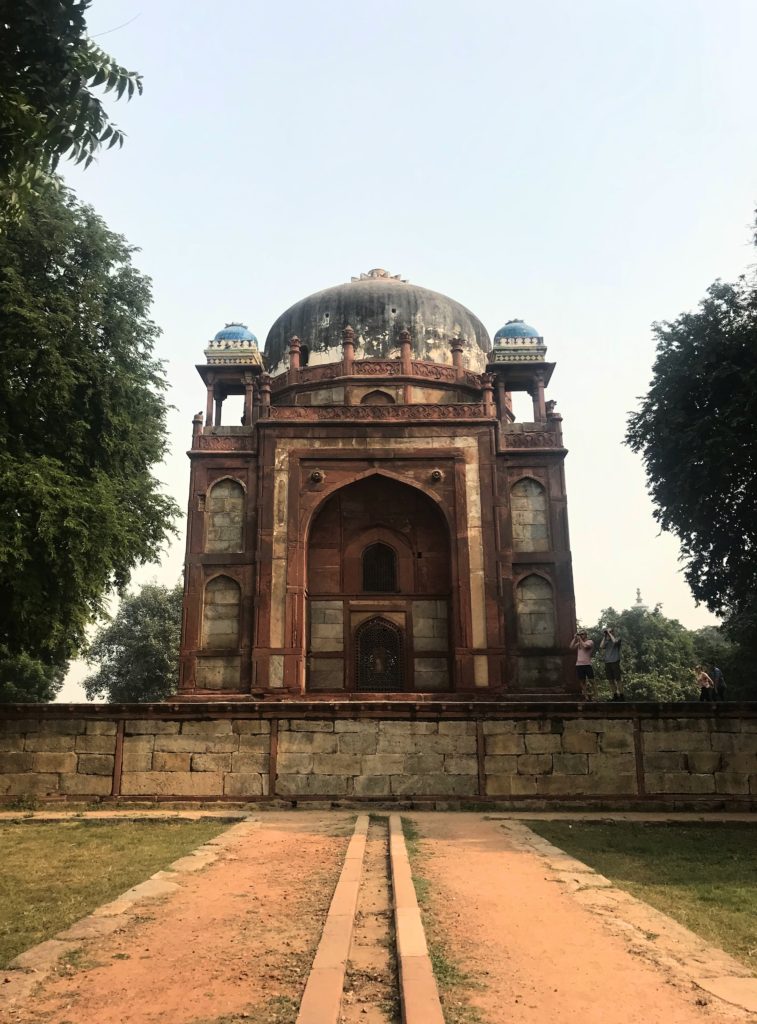
Rickshaw through Old Delhi

Sitting on the back of the rickshaws and zipping through the narrow streets was an awesome way to experience Old Delhi in a short time (though I did feel bad that the man peddling had to work so hard in the awfully polluted air). I found it interesting to see all the cables and wires hanging dangerously over the roads! We rode through the Chandni Chowk market. It is one of the oldest and busiest markets in Old Delhi. We also say the Durudwara Sisgani Sahib, which is the prominent Sikh house of worship in Delhi. Jama Masjid is the largest mosque in India and we were able to observe it from the outside. The last monument we were able to see was the Jain Temple. I would have liked to have had more time to explore and learn more about these beautiful buildings, but it was a great way to make the most out of the short time we had.

India Gate – War Memorial

The India Gate is a war memorial located in Rajpath in the heart of New Delhi. It is a memorial to 70,000 soldiers who died during World War I. Over 13,000 names of British and Indian soldiers are inscribed onto the gate. Sir Edwin Lutyens designed this 42 meter Arc de Triomphe looking archway. It is made from yellow and red sandstone and granite and was completed in 1931.
The India Gate can be visited 24 hours a day with no cost. The lush green lawns surrounding the gate have made it into a popular picnic spot for locals. It is also used as the venue of the Republic Day Parade on January 26th every year.




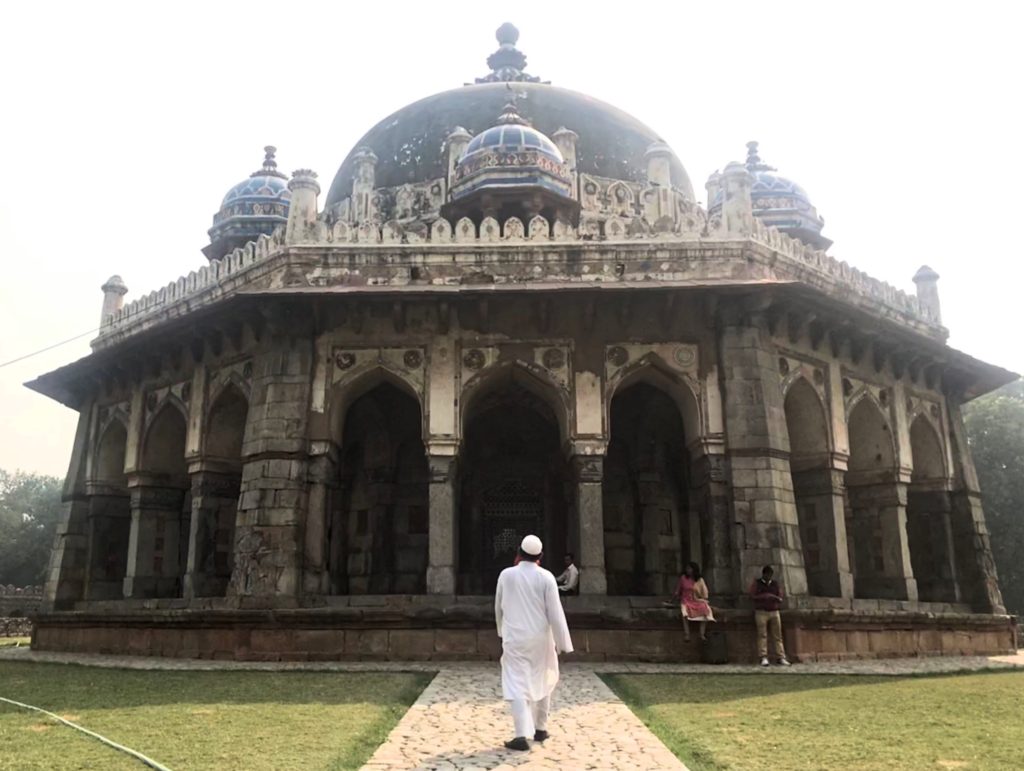
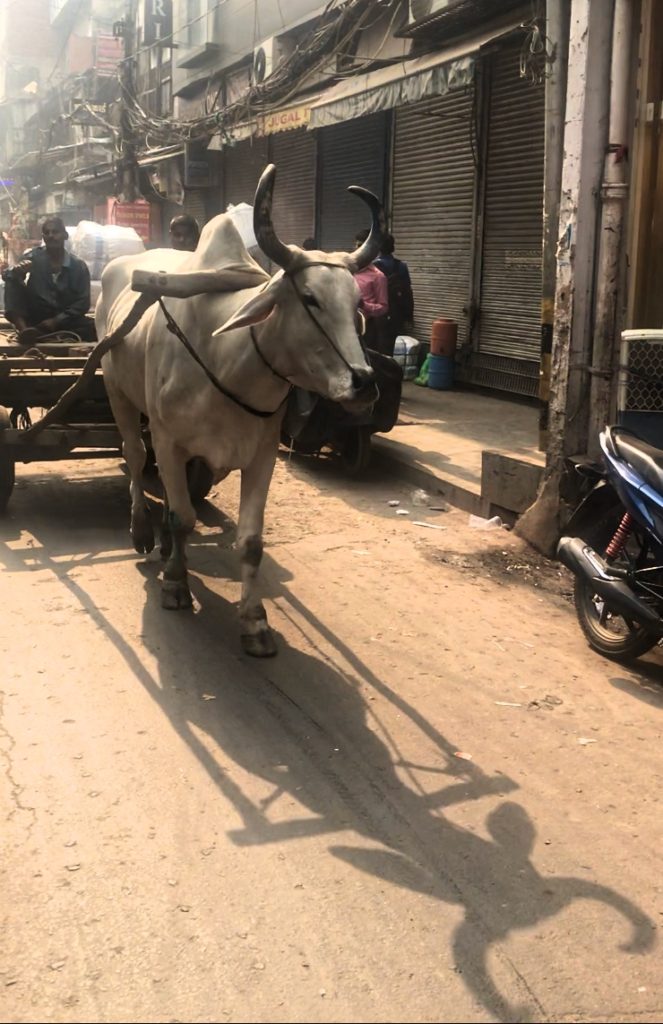


One Response
Like!! Thank you for publishing this awesome article.